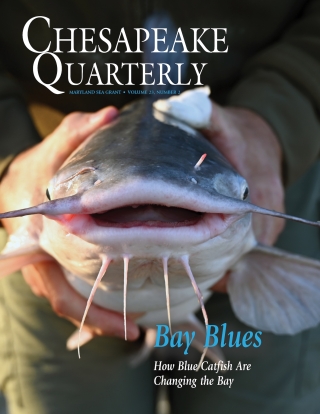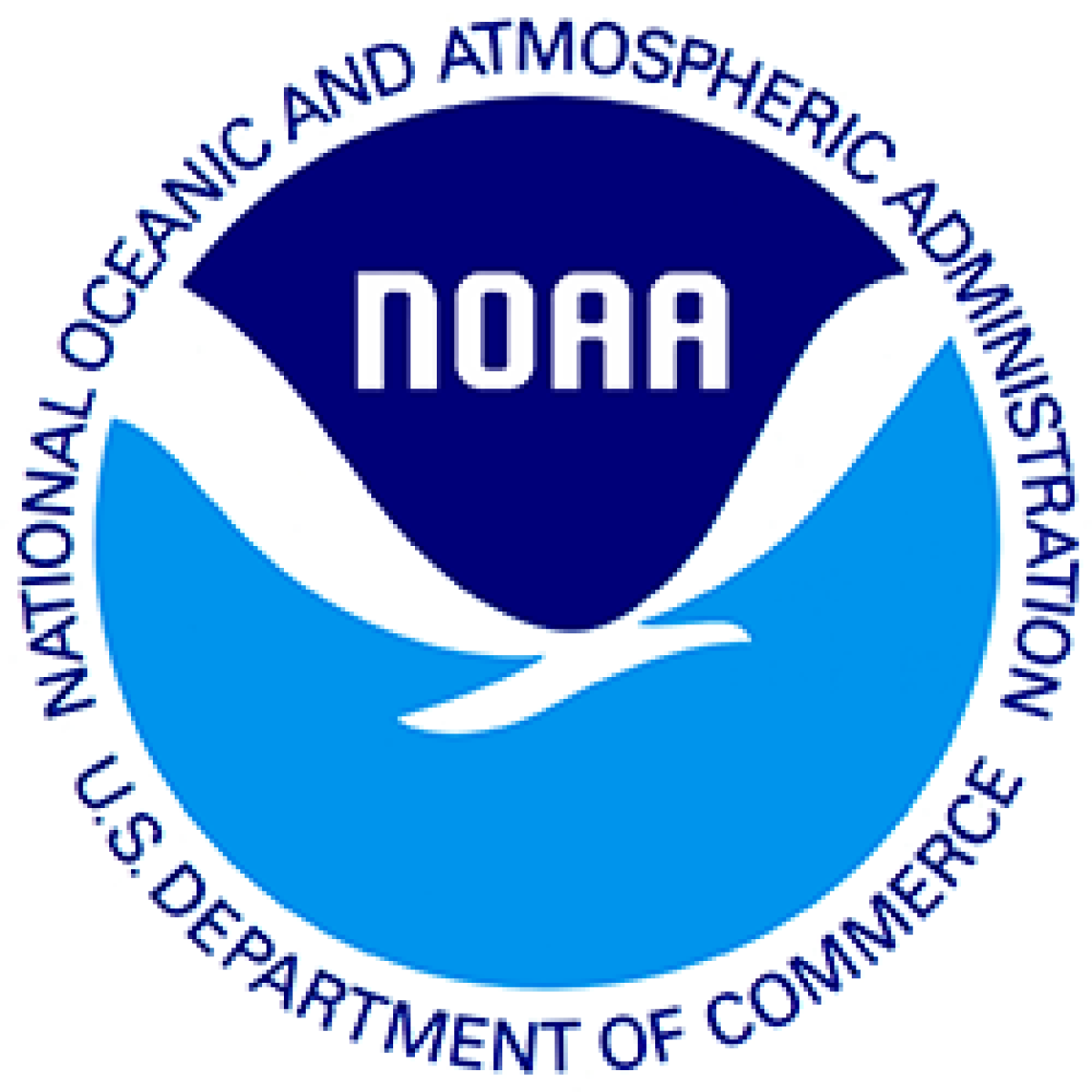Eight students will be presenting the summer work at the Ocean Sciences Meeting in March 2022!
Valeria Guevara, Florida International University
Class Year:
2024Mentor:
Ryan Woodland Ph.D.Project Title:
Comparative Ecological Assessment of Oyster Reef Habitats: Community composition, Trophic Structure, and Seasonal DynamicsAbstract:
This study aimed to investigate seasonal and site-specific variations in the abundance and isotopic composition of various taxa between an oyster sanctuary reef and an actively fished oyster reef. Water quality parameters (dissolved oxygen, salinity, temperature) were measured in April and June across each reef type, concurrent with assessments of mysid, crab, amphipod, isopod, shrimp, and fish abundances. Additionally, carbon and nitrogen isotope analyses were conducted on fish and mysid samples to evaluate trophic niche differences between reef types. ANOVA identified significant interactions between site and season for mysid and shrimp abundances. For both taxa, abundance declined from April to June at the sanctuary site but increased over the same period at the harvested sites. Fish abundance was significantly affected by site, with higher abundance observed in the harvested site. Crab, amphipod, and isopod abundances showed no significant effects. Water quality data indicated distinct seasonal variations, with April exhibiting higher dissolved oxygen and salinity values, and June showing elevated temperatures. Site-specific differences were also noted, particularly in dissolved oxygen levels with the lowest dissolved oxygen concentrations observed at the sanctuary reef in June. Isotope analysis revealed variations in carbon (δ13C) and nitrogen (δ15N) isotopic signatures among fish and mysids. Fish exhibited a range of δ13C values from -24.3‰ to -17.1‰ and δ15N values from 13.4‰ to 16.2‰. Mysids showed δ13C values from -23.5‰ to -18.2‰ and δ15N values from 15.2‰ to 17.6‰. Isotopic niche analysis suggested larger niche widths in sanctuary reefs for both mysids and fish. The results suggest that both seasonal changes and site-specific factors significantly influence the abundance and trophic niche of taxa in oyster reef ecosystems. These findings underscore the potential for both sanctuary and harvested oyster reefs to continue providing ecosystem services for estuarine environments. Future research should further explore the mechanisms driving these observed differences between reef types to inform conservation and management strategies for oyster reef habitats.



